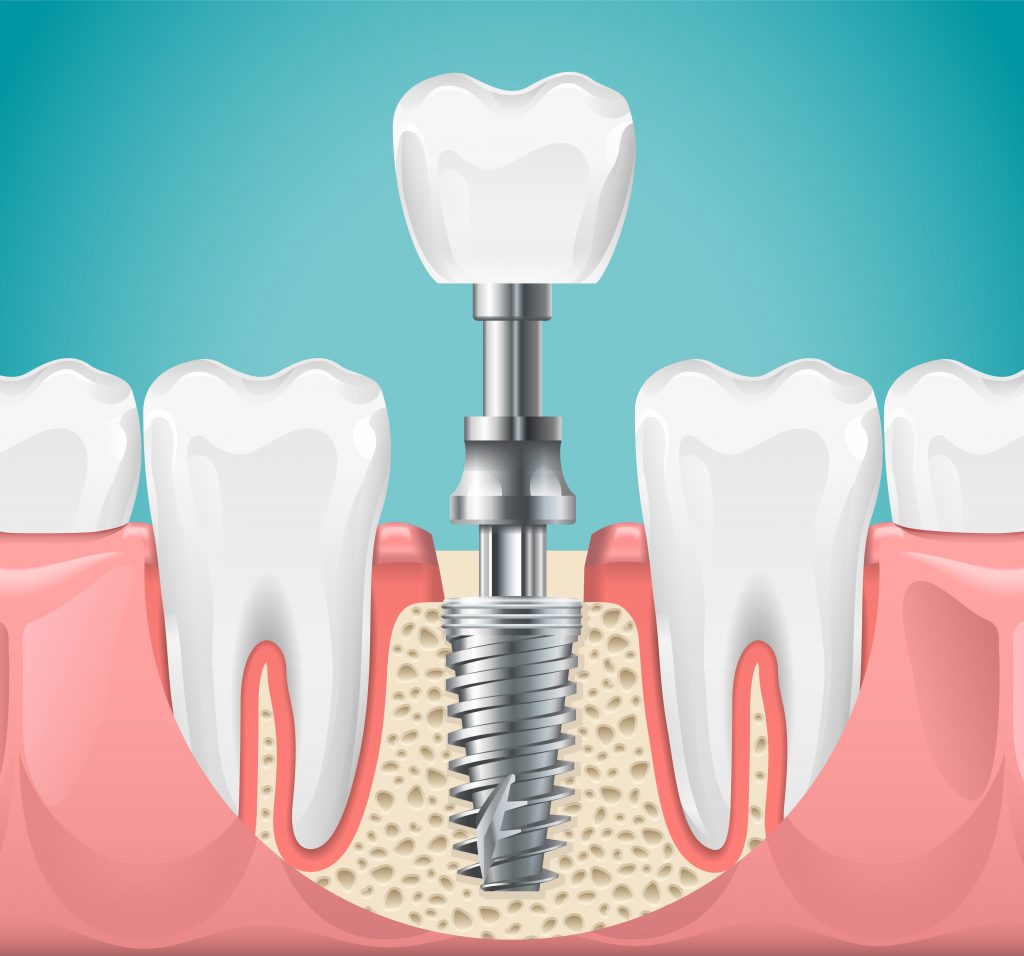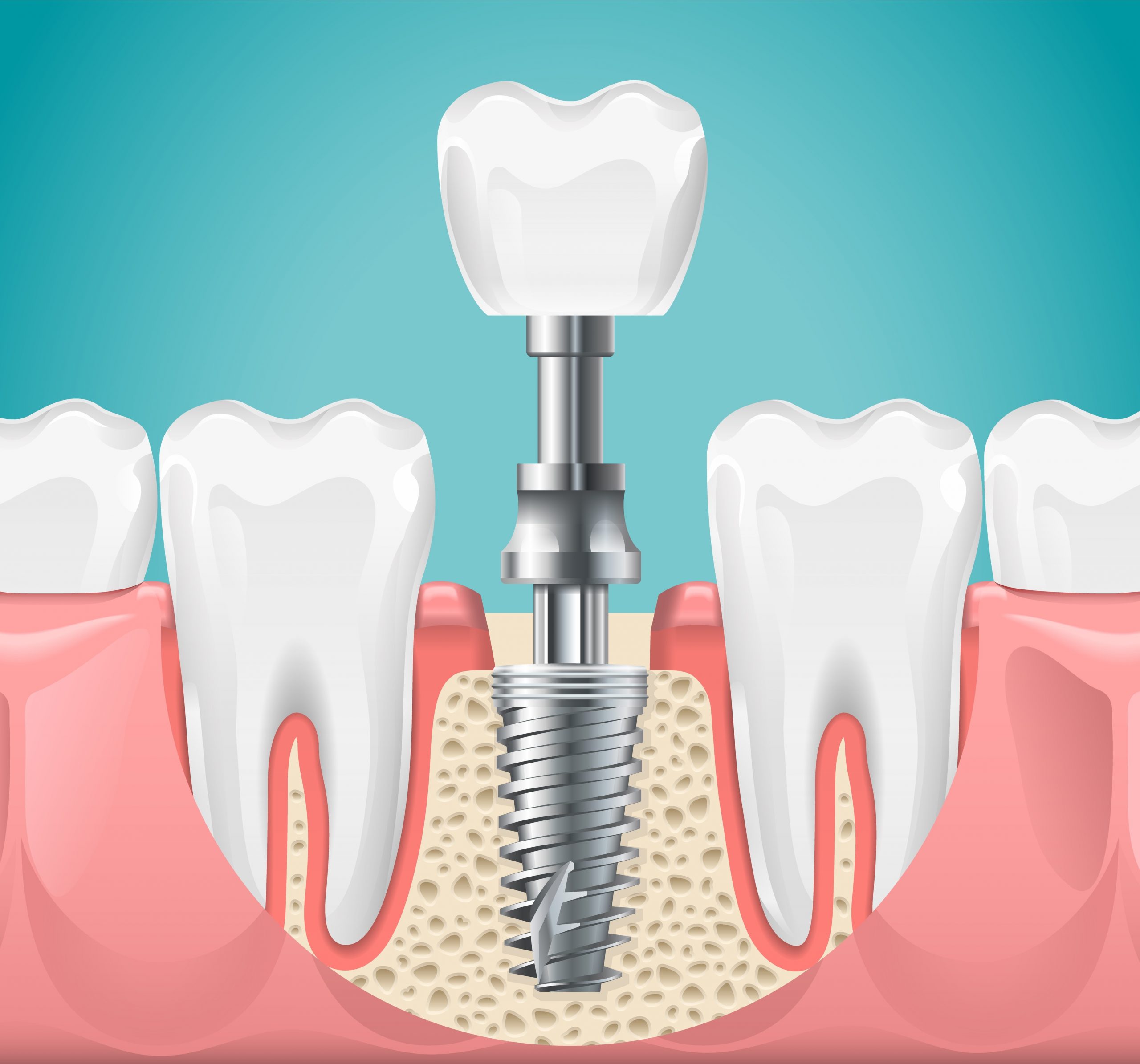Dental Implants: 3 Types And How To Choose The Best
If your hair gets trimmed, it grows. If your nails get clipped, it grows. If your teeth get extracted, will they grow? Unfortunately, your teeth won’t grow back whatever magic spell and potions you use. However, there’s still a hope to get back the feeling of having natural teeth, and that’s the use of dental implants.
The principle of using dental implants is similar to dentures to replace the extracted teeth. By that, you can eat your favorite foods normally and smile confidently. However, unlike dentures, a dental implant functions like a mechanical screw that will replace your lost tooth.
They are a permanent solution to your life-long problem and can restore once again the missing teeth you once wish to come back. Also, implants provide teeth restoration with artificial metal roots to fully support and prevent loss of your jawbone. Then dental tourism is also hugely popular now, for example if you live in the USA then you can hop over into Mexico and save huge money on dental treatment. All you need to do is find a low cost and high-quality Tijuana dentist and arrange your travel and you are set.
However, not all dental implants are created equal. Here are the three types of implants you must to know:
- Endosteal Implants
Endosteal implants are the frequent type of implant used by most patients and dentists. However, they need a good and healthy jawbone to work and fuse properly.
You’ll see a screw-like place holder, which will be planted on your jaws before placing the artificial tooth permanently. However, the gum tissues must be healed before the implant dentist puts the false tooth in place. It requires a little time and patience to ensure that the foundation is strong enough to last for life. The entire healing process may take one to two months.
After that, your dentist may place the artificial tooth and trim any excess to fit the tooth properly with the surrounding teeth.
Endosteal implants provide a long-lasting solution and give patients a feeling of having natural teeth once again. If you have more questions about this implant, you may ask ariadental.net.au or a personal dentist to answer your questions.

- Subperiosteal Implants
It’s less common than endosteal today. The subperiosteal implant is created for people who do not have enough bone height to use dentures. However, it’s not recommended by most dentists as it might not be stable as it is of the endosteal implant.
Not like endosteal implants, which are fixed in the jawbone, subperiosteal implants are placed on top of the jawbone, but they are still under the gums.
The dentist will use a metal frame with a post placed under your gums. Once your gums are fully healed, the artificial teeth will be placed on the post.

- Zygomatic Implants
This implant is the lowest type among the three. It has the most complex procedures for those who have gone through severe bone loss and don’t have enough bone to support the endosteal implant.
Zygomatic implants are perfect for those who have undergone multiple mouth surgeries, and they are less expensive and time-efficient compared to other types.
The implants will be placed on your cheekbone or the zygomatic bone, not on your jawbone. The surgery has a high pass rate and high potential to be a lifelong solution. You may even get your artificial teeth the same day, unlike other types.
Now that you know the different types of implants, you have to know the procedures they use before deciding which best suits you.
Different Procedures For Dental Implants
The type of implant to choose will matter based on your current condition. Your dentist is responsible for creating a plan suitable for your needs. Here are the different procedures for you must know about dental implants:
- Bone Augmentation
In this process, your dentist will restore the lost bone in your jaws if your current bone mass cannot fully support the implants. Your dentist may also add a bone mass below your sinus if your bone located there has deteriorated.
- Immediate Load Implants
While you wait for the foundation of the implants and your jawbone to fully heal, your dentist may give a set of temporary teeth. After that, it will be removed, and your permanent artificial tooth will be in place.
- All-On-4
This process is usually given to patients who have lost most of their teeth due to tooth decay or gum disease. Using this process, your dentist can place the implant without bone grafting and give you a temporary set of teeth on the same day or the next day.
- Single Tooth Implants
This process is given to patients who have only one or a few missing teeth. Your dentist may place a single implant and create a fully functioning set of teeth.
- Two-Stage Dental Implants
It’s the usual process for any dental implant. The process has two steps. First, your dentist will implant it on your jawbone. The second step is where your dentist will place the artificial tooth. However, it will take months after your jawbone has fully recovered.
How Should You Choose The Best Implant?
Choosing an implant is not for you to decide. Using an x-ray or other method, your dentist will determine what’s best for your condition by looking at your diagnosis. Trust your dentist to give you the best treatment possible. Check out Durham Dental for Dental implants.
Final Words
A dental implant is one of the great treatments to give you a beautiful smile once again. So, call your dentist right away and ask what would be the best implant for you or if you still need one. Your dentist will tell you everything you want to know before the surgical operation. Your dentist will ensure that everything is carefully planned to avoid potential risks and complications after surgery.
